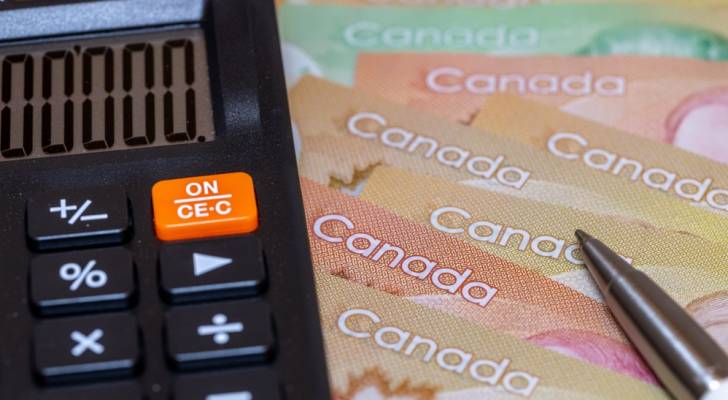What to expect from the Bank of Canada during the January 29 rate announcement: Experts weigh in with “optimistic” 0.25% rate cut

The Bank of Canada (BoC) is set to announce its latest target interest rate decision on January 29, 2025. This policy update is critical for Canada’s economic recovery amid global economic uncertainty. For businesses, households, and financial markets, the decision could signal the next steps in monetary policy after a year of easing inflation, resilient […]
From $183K to $833K: How Canadians in their 50s bridge the retirement savings gap

Welcome to your 50s! This is your last decade of formal employment — and a time to finalize and fine-tune what retirement will look like. While this process can be exciting, it can also be daunting. That’s because it’s in your 50s when most Canadians start to play “catch-up” on retirement savings. Take, for instance, […]
Are you expecting a raise this year? A more cautious salary increase budget is anticipated for 2025 in Canada

Like many Canadians, you’re hoping to see a salary bump on your paycheque this year. A recent survey saw a projected 2025 salary increase budget of around 3.3%, according to Normandin Beaudry, an actuarial and total rewards consulting service. The survey, conducted in November 2024, comes from nearly 400 Canadian organizations to determine their salary […]
Death of the chequing account: How startups are enticing users to switch

A cheque? Uh, sure. Hold on. I leave the canvasser at the door and walk back to my kitchen’s everything drawer. It’s filled with batteries, tape, paperclips and… somewhere buried between packs of Mabel’s labels and paperwork long overdue for a review, I find it. My chequebook. “So, who do I make the cheque out […]
When Walmart’s ‘low prices’ aren’t so low: How Trump’s tariffs could cost Canadians more — and how to fight back

Walmart CFO John David Rainey issued a stark warning: President Donald Trump’s proposed tariffs could force the retail giant to raise prices on some items, despite its commitment to affordability. Speaking to CNBC, Rainey expressed concern over the unavoidable impact of the potential tariffs. “We never want to raise prices. Our model is everyday low […]
Personal finance guru Ramit Sethi says there’s no right time to have ‘the talk’ about money with your partner — but the first date is probably too soon

As you prepare for your first date, it’s easy to find yourself rehearsing the perfect small talk: The questions you’ll ask, the answers you’ll give and how to steer clear of awkward silences. But beyond the usual first-date classics, like “What do you do for work?” or “Where did you grow up?” there’s one topic […]
Junk fees are taking a toll on Canadians’ financial and emotional wellbeing

For Canadians already feeling the pinch of rising costs, junk fees — unexpected or hidden charges tacked onto financial transactions — add a new layer of stress and frustration. According to new research from global technology company Wise, over half (57%) of Canadians say their emotional well-being has been negatively affected by these fees, with […]
Make sure you sell these 7 things before you retire — it can make (and save) you thousands of dollars

As you approach retirement, financial planning takes centre stage. While many focus on savings and investments, there’s another often-overlooked strategy to bolster your nest egg: Getting rid of stuff you no longer need. It’s not exactly the KonMari Method, but downsizing your home, clearing out your garage and selling key assets before retirement can generate […]
Expert warns of a severe market collapse — offers 3 options to shelter investments

Canadian markets have shown resilience in 2024, with the S&P/TSX Composite Index and key sectors such as energy and financials posting solid gains. However, renowned investor Jim Rogers warns that a financial storm is looming. In a recent interview with ET Now, Rogers cautioned that the North American equities markets are long overdue for a […]
This critical formula can transform your personal finances for the better — and it’s simple to calculate. Here’s how to use it for riches in 2025

Imagine a future where financial freedom isn’t just a dream but a clear, achievable reality. What if the key to unlocking that future was as simple as a basic formula? The good news is there is a game-changing strategy — the Cash Flow Formula — that has the potential to reshape your relationship with money […]